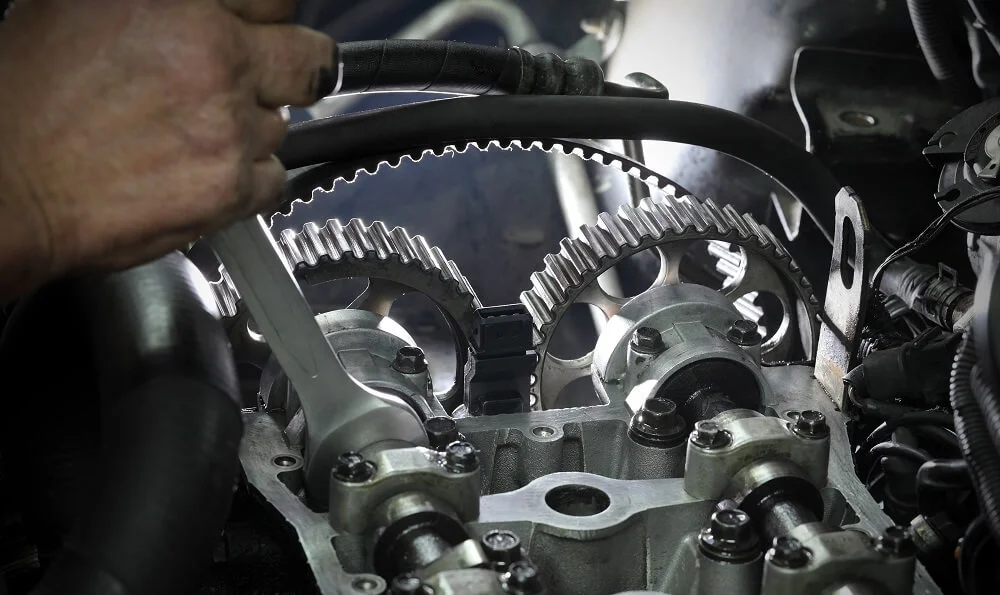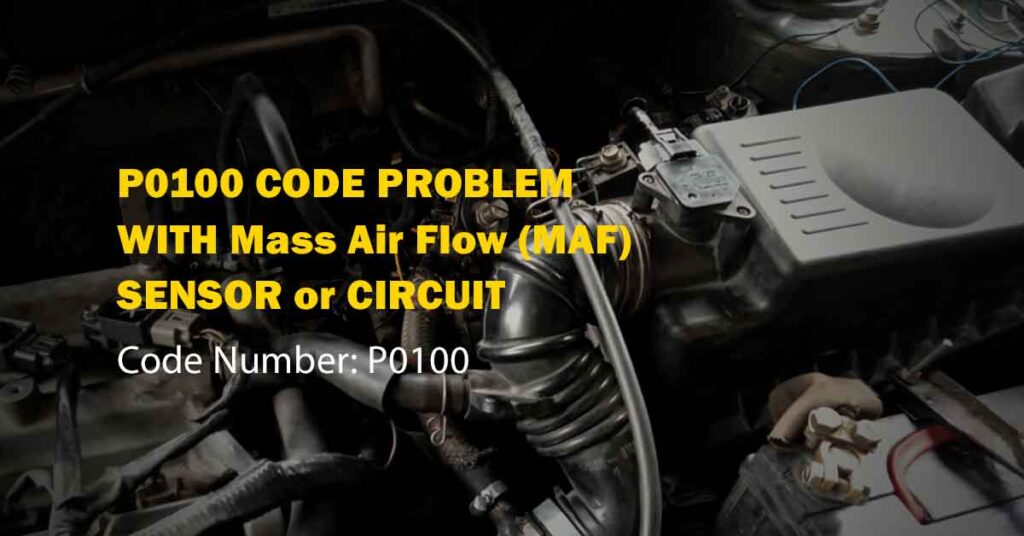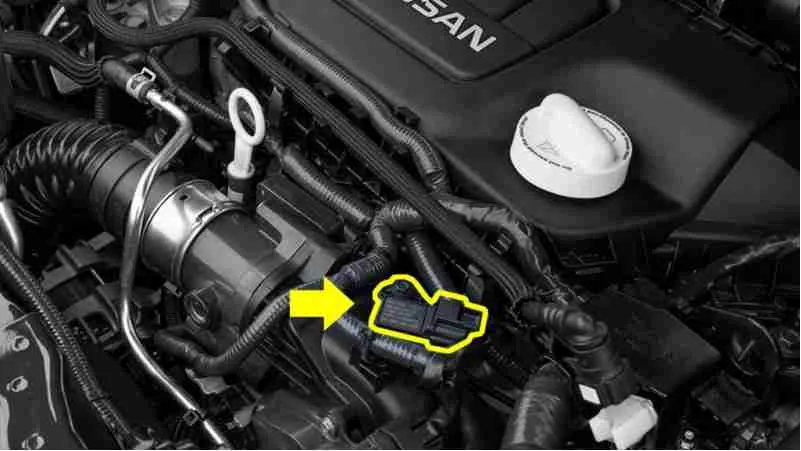P0172 and P0175 Engine Code
When that pesky check engine light decides to make an appearance in your trusty automobile, it can really make your heart skip a beat. And let’s talk about those adorable P0172 and P0175 engine codes that like to play hide-and-seek with passionate car enthusiasts like us. What do they mean, you ask? Well, it’s all about some fancy-schmancy fuel mixture being too rich, which is no good for your fuel efficiency or your poor engine, darling.
But worry not, my friend, for there are some nifty little tricks and tips to help you sort out these issues and get your car purring with joy again. In this article, we’re diving deep into the causes of those mischievous P0172 and P0175 engine codes, and throwing in some solutions to save you precious time and moolah. So whether you’re a seasoned car guru or just someone curious about engine troubles, saddle up and get ready to tackle those sneaky P0172 and P0175 engine codes head-on. Let’s have some fun, shall we?
P0172 and P0175 Symptoms
If you’re seeing those P0172 and P0175 codes pop up in your ride, it’s a sign that something in your fuel system is going haywire. Basically, your car’s engine is getting way too much fuel and not enough air. It’s like giving your engine an all-you-can-eat buffet of fuel, and it’s not happy about it.
This imbalance can cause all sorts of problems like your car chugging through fuel like it’s trying to win a race, idling like it just finished a marathon, and feeling as weak as a kitten when it comes to power. It’s like your engine is having a serious case of the munchies and can’t stop eating!
What The P0172 and P0175 Codes Indicate
When your car’s fancy brain, also known as the engine control module, realizes that the air-fuel mixture is consistently off-balance like a clumsy tightrope walker, it throws a tantrum and flashes that P0172 fault code for the system too-rich bank 1, and the code P0175 system too rich bank 2. Think of it like your car’s way of saying, “Hey, something’s up with this fuel party!
There can be a bunch of reasons why these codes are popping up, like a nosy oxygen sensor that’s not doing its job, a fuel injector that’s all clogged up like a traffic jam, or a mass airflow sensor that’s just plain confused. It’s like your car’s fuel system is going through an identity crisis!
To get to the bottom of this fuel party gone wrong, it’s best to call in the experts – a professional mechanic who can give your car a thorough check-up. They’ll figure out what’s causing all this fuel chaos and fix it up, so your car can go back to running smoothly. Trust me, your car will thank you for it.
What Do These Codes Mean?
Before we dive into the fixes, let’s understand what these codes indicate. Code P0172 / code P0175 codes both point to a rich condition in bank 1 and bank 2 of the engine, respectively. This means that there’s an excessive amount of fuel in proportion to the air entering the combustion chamber. This can result in reduced fuel efficiency, rough idling, and even potential damage to the catalytic converter.
Common Causes of Rich Condition
1. Faulty Oxygen Sensor
One of the primary culprits behind these codes is a malfunctioning oxygen sensor. The oxygen sensor measures the oxygen content in the exhaust gases and helps the engine control module (ECM) adjust the air-fuel ratio. A faulty sensor can provide inaccurate readings, leading to a rich mixture.

2. Dirty Mass Airflow Sensor (MAF)
A dirty mass air flow sensor can disrupt the airflow measurements, causing the ECM to deliver more fuel than necessary. Cleaning or replacing the MAF sensor can often resolve the issue.
3. Leaky Fuel Injectors
Leaking fuel injectors can introduce excess fuel into the combustion chamber, resulting in a rich mixture. A thorough inspection and potential replacement of the injectors might be needed.
4. Clogged Air Filter
A clogged air filter can restrict the airflow, upsetting the air-fuel balance. Regularly checking and replacing the air filter can help prevent rich conditions.
Fixing Code P0172 and Code P0175
If you are experiencing the P0172 and P0175 engine codes, indicating a rich fuel mixture, there are a few quick fixes you can try. First, check for any vacuum leaks. A vacuum leak can cause an imbalance in the air/fuel mixture and trigger these codes. Inspect all vacuum hoses and connections for any cracks or leaks, and replace them as necessary. Next, clean or replace the mass airflow sensor (MAF). A dirty or faulty MAF sensor can lead to incorrect readings, resulting in a rich fuel mixture.
Use an MAF cleaner to carefully clean the sensor, or replace it if needed. Another possible cause is a malfunctioning oxygen sensor (O2 sensor). The O2 sensor monitors the oxygen levels in the exhaust gases, and a faulty sensor can send incorrect signals to the engine control unit. Replace any faulty O2 sensors to correct this issue. Finally, ensure that the fuel pressure regulator is functioning properly. A faulty fuel pressure regulator can cause a rich fuel mixture. Replace it if necessary. These quick fixes should help resolve the P0172/P0175 engine codes and improve your vehicle’s performance.
1. Check for Vacuum Leaks
Inspect the vacuum hoses and connections for any leaks. A vacuum leak can introduce unmetered air into the engine, affecting the air-fuel mixture. Fixing the leaks can often resolve the rich condition.
2. Test the Oxygen Sensors
Using an OBD-II scanner, monitor the O2 sensor readings. If they are out of range, consider replacing the sensors with OEM parts to ensure accurate readings. O2 sensor readings provide crucial information about the air-fuel mixture in the engine. If these readings are out of range, it could indicate a problem such as a malfunctioning sensor or an issue with the fuel system. To monitor the O2 sensor readings, follow these steps:
1. Connect an OBD-II scanner to the vehicle’s OBD-II port. This port is typically located under the dashboard on the driver’s side.
2. Turn on the ignition without starting the engine. The scanner should power on and establish a connection with the vehicle’s onboard computer.
3. Navigate through the scanner’s menu to find the option for live data or sensor readings. Each scanner may have a slightly different menu structure, so consult the scanner’s manual if needed.
4. Look for the O2 sensor readings in the live data menu. The scanner should display the readings for each O2 sensor installed in the vehicle. It may show values such as voltage, current, or air-fuel ratio.
5. Compare the O2 sensor readings to the specifications provided by the vehicle manufacturer. These specifications can usually be found in the vehicle’s service manual or by searching online. If the readings are outside the specified range, the sensors may need to be replaced.
6. To ensure accurate readings, it is recommended to replace the sensors with OEM (Original Equipment Manufacturer) parts. OEM sensors are designed specifically for the vehicle and are more likely to provide accurate data.
7. Consult the vehicle’s service manual or an authorized dealer for the correct OEM part numbers for the O2 sensors. They can also provide guidance on the replacement procedure if needed.
8. Purchase the necessary OEM O2 sensors and replace them according to the manufacturer’s instructions. This typically involves removing the old sensors and installing the new ones in their place.
9. After replacing the O2 sensors, repeat the monitoring process with the OBD-II scanner to confirm that the new sensors are providing accurate readings within the specified range.
By monitoring and replacing the O2 sensors if necessary, accurate readings can be ensured, leading to better engine performance and fuel efficiency.
3. Clean or Replace MAF Sensor
Carefully clean the MAF sensor using an electronics cleaner. If cleaning doesn’t work, consider replacing it with a new sensor.
4. Inspect and Clean Fuel Injectors
If you suspect clogged or leaking injectors, consider using a fuel injector cleaner. In some cases, a professional cleaning or replacement may be necessary.
Conclusion
Fixing P0172 and P0175 engine codes might seem daunting, but with the right knowledge and approach, you can easily troubleshoot and resolve these issues. Regular maintenance, careful inspection, and a little DIY spirit can go a long way in keeping your vehicle’s engine running smoothly.
FAQs
1. Can I continue driving with P0172 and P0175 codes?
While you might be able to drive, it’s not recommended. Running the engine in a rich condition can lead to reduced fuel efficiency and potential damage to the catalytic converter.
2. How much does it cost to replace O2 sensors?
The cost can vary depending on the make and model of your vehicle. Generally, OEM sensors can cost between $50 to $200 each, excluding labor.
3. Can a dirty air filter cause these codes?
Yes, a clogged air filter can disrupt the air-fuel balance and trigger these codes. Regularly changing the air filter is a simple preventive measure.
4. Can I clean the MAF sensor with household cleaners?
No, it’s best to use a specialized electronics cleaner to avoid damaging the delicate components of the MAF sensor.
5. How often should I have my vehicle’s oxygen sensors checked?
It’s recommended to have your O2 sensors checked during routine maintenance, which is usually every 30,000 to 50,000 miles.



